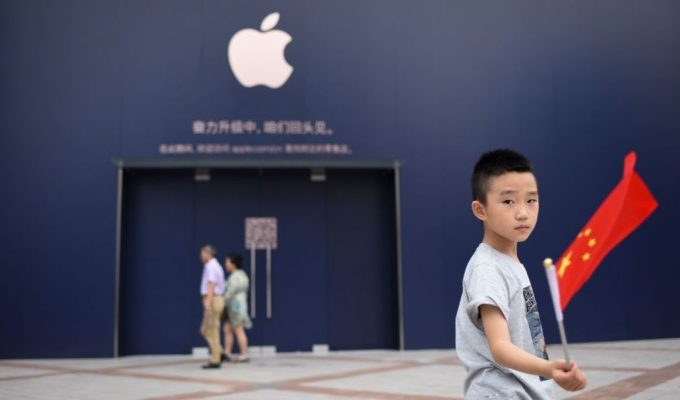Apple, the company formerly known by its trillion-dollar market cap, will be reporting its holiday quarter Q1 2019 earnings today, and it may just have the health of the global markets riding on how the financials look.
No pressure.
Earlier this month, Apple CEO Tim Cook issued a letter to investors, slashing Q1 guidance from a range of between $89 billion and $93 billion to just $84 billion. Given that the company revised its guidance just a few weeks ago, there isn’t much of a reason to expect a major revenue miss from the company, though things could still go awfully wrong if the company is pessimistic in its Q2 outlook or misses elsewhere.
Apple’s stock price cratered nearly 10 percent when Cook’s investor letter was released, a drop that represented the worst single-day plunge for the company in more than five years. The stock has mostly recovered in the weeks since, but it is recovering from a 52-week low it reached earlier this month, a nearly 40 percent decline from its all-time high in October.
Analysts are certainly going to be scouring the numbers today to get any sort of read into the health of the company’s mobile business moving forward, but they will have less data than ever to make these judgments.
During the company’s last investor call, Apple slid in an announcement that they would not be reporting unit sales in subsequent quarterly earnings reports, meaning that you won’t see any flashy “Apple sold XX.X iPhones this quarter” stories floating across your timeline. For the time being, revenue numbers are all we’re working with, though Apple contends that its financial success is growing less tightly correlated with unit sales, likely a result of the widening range of price points in its device categories and a general upward trend in these products’ average selling prices.
Despite the unit sales shift, a lot of analysts will be staring long and hard at a single number this quarter anyway: Greater China revenue.
In Cook’s investor letter, he detailed that “economic weakness in some emerging markets” had “turned out to have a significantly greater impact than we had projected.” India and China have been two incredibly difficult markets for Apple to crack, while the company has definitely made healthy inroads with the iPhone in China, it seems growth is slowing there, with Cook going as far as to say that the bulk of the company’s guidance reduction was a result of iPhone revenue declines in Greater China.
Investors are going to be left having to judge whether revenue declines are a result of weariness surrounding ongoing U.S./China trade negotiations, a general slowing in China’s economic growth rate or whether — perhaps most frightening to investors — Apple has just begun to lose its grip to Chinese consumer tech companies. It’s obviously most likely a combination, but you can expect Apple to point to external factors wherever possible.
Q1 2019 was also the first full quarter of sales for Apple’s three newest smartphone models, the iPhone XS, iPhone XS Max and iPhone XR, so we’ll likely get our best look at how the new models are faring and whether existing users are upgrading in developed markets. Cook seemed to hedge bets in his investment letter, noting that a number of macroeconomic trends and more dialed-in factors like consumers taking advantage of Apple’s $29 battery replacement program impacted iPhone upgrades.
The iPhone’s ability to keep plugging along in its key markets is obviously going to be pretty critical for Apple. The headlines surrounding Apple’s transition to a services company has always been predicated by the fact that iPhone revenues were still climbing, it’s just that Services revenue was climbing even faster. If there prove to be some key heat sinks for Apple in its bread-and-butter hardware verticals, it’s apparent these trends would keep some downward pressure on the stock.
We’ll see how the Cupertino consumer tech giant does when it reports earnings after the bell today; check back here to see how Apple fares.
